Illustrators who animate, animators who illustrate
Making use of screen-time is now a common habit for many of us, so it’s clear to see more crossovers between illustration and animation.
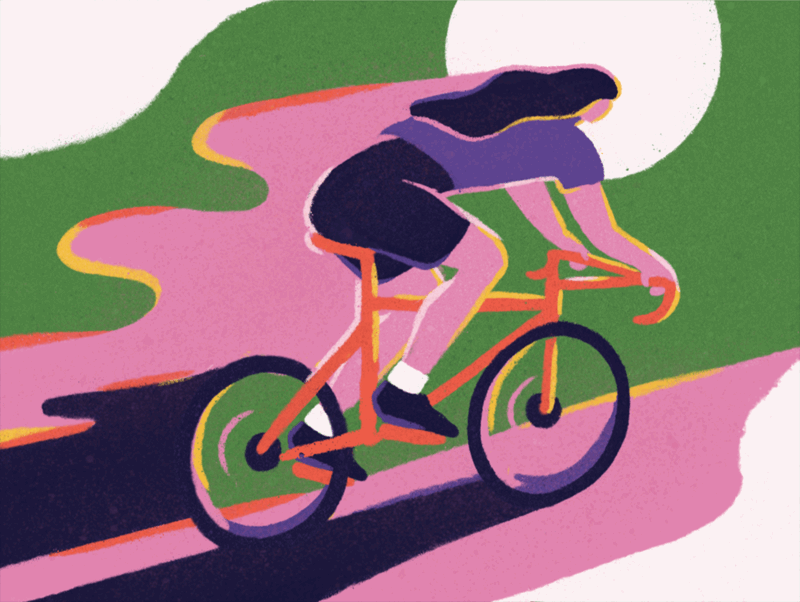
Reaching out to our talented AOI community, we asked those working with illustration and motion how they define themselves and their work, for an insight into the perspectives of those illustrators, animators, and the somewhere-in-betweeners.
Visual communication disciplines often have blurred edges – Illustrator and visual artist Leena Kisonen originally trained as a graphic designer, and now animates some of her work – “it’s always fun to observe how your work changes when you learn to use a new tool.’’ Illustrator Anna Broadhurst’s background is in Augmented Reality, so she has employed her animation skills to add a new dimension to her illustrations – ‘’Illustration is my first love but being able to bring my work to life through animation adds an extra layer to my creativity which I love.’’

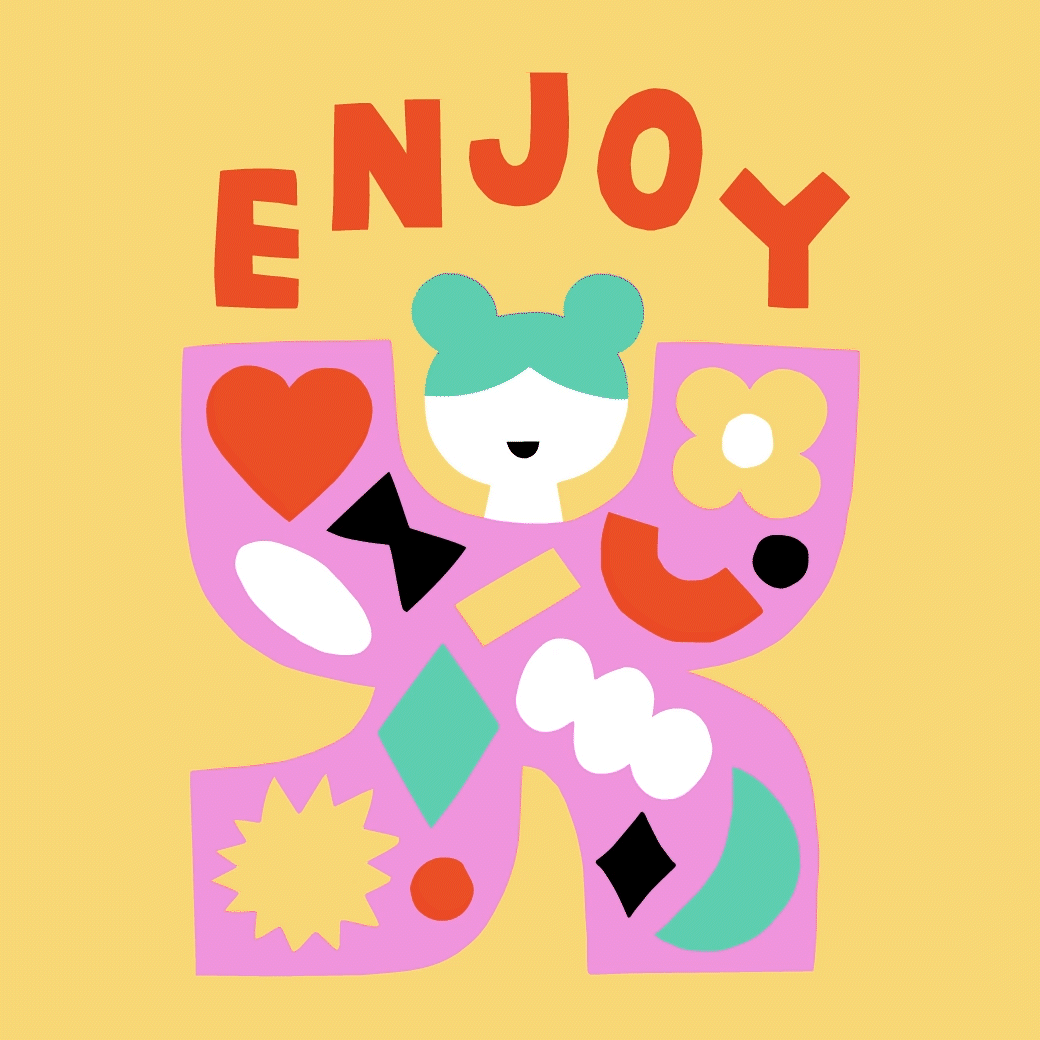
For some animators, like Raj Jeshang, illustration is an organic part of their process. As Raj told us – “drawing has always been the core of my practice, so illustration was naturally a part of my skillset.’’ Illustrator Holly Overs aptly describes her animated output, with its boiling lines and small environmental shifts, as a ‘moving comic’’. Sidsel Sørenson, an illustrator and animator states – ‘’illustrator first – but for me, the two are now completely linked and part of my personal creative process.’’
Illustration is my first love but being able to bring my work to life through animation adds an extra layer
Anna Broadhurst
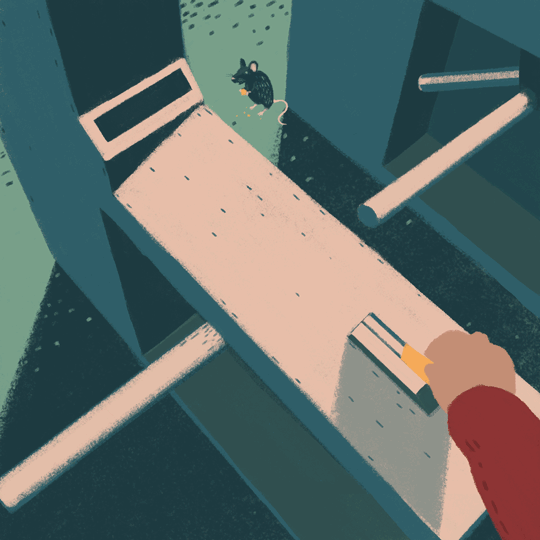
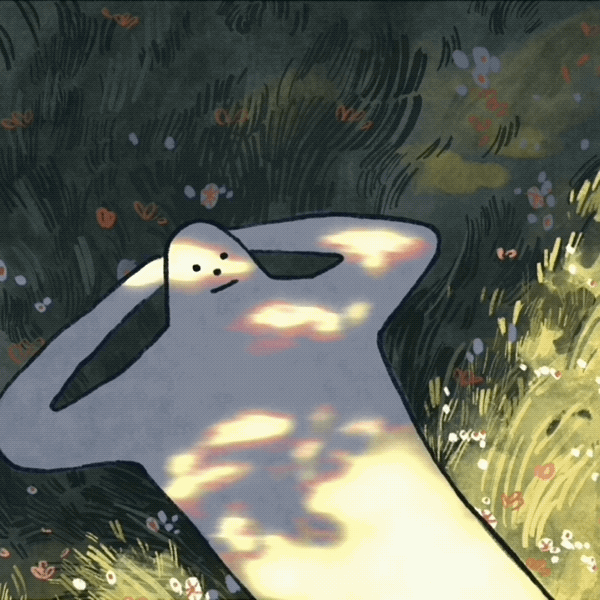

Illustrators and animators may have complimentary skillsets but, for Yuriko Ogawa, the difference between herself, as an illustrator who uses motion, and an animator is in the technical approach. She describes her approach to motion as ‘simple’’, as she sees “‘the skills to create fluid & dynamic motions and move cameras to show stories from different angles’’ as essential for those you would define as animators.
The idea of developing a distinct visual ‘style’ or ‘voice’ is something that extends to motion, too. For some illustrators, like Yuriko, seeking fluidity in motion is not actually the goal – “‘I personally prefer ‘handcrafted’ movements, rather than smooth and perfect, like motion graphics.’’ Sidsel echoes this sentiment – ‘’I’m not a classically trained animator, but I’ve found that leaning into that, rather than trying to hide it, makes my work stand out.” She notes this is a reflection of her work as a whole – “I like my work, in general, to have personality and a handmade, drawn feel – same with my motion work.’’
Yuriko Ogawa
‘Boiling’ – the wobbling effect created by redrawing lines in each frame, is a technique favoured by some of the more illustration-led practitioners we spoke to. As a fairly simple technique, it’s a forgiving and characterful way of adding motion to the work, as Yuriko says, ‘’boiling brings the images to life.’’
Raj, particularly for shorter, looping GIFS, says he gravitates “‘towards motion that is naturally repetitive and rhythmic. It’s perfectly suited for calm, meditative scenes.’’ Anna too, tends to lean ‘’towards a more fluid style as it fits my illustrations but the movement is often dictated by the brief for each project. It’s easy to get comfortable with certain styles so I try to experiment as much as I can.’’
Leena is currently building on her skills with augmented reality software such as Adobe Aero and Spark AR, with the aim of applying her illustrations to AR environments which she hopes might ‘’make the viewing experience feel more real.’’ But if working digitally isn’t your thing, don’t let that steer you away from animating. Recently, in his work for The Marshall Project, Raj suggested to the client that the work should be made in charcoal, on paper. The result was more organic and textural than could have been achieved digitally. In fact, Raj tells us he learned to animate this way – ‘’I learned to animate the traditional way (paper, pencil, and a light box) and still think frame-by-frame is the best way to explore animation as a beginner and as an expert.’’
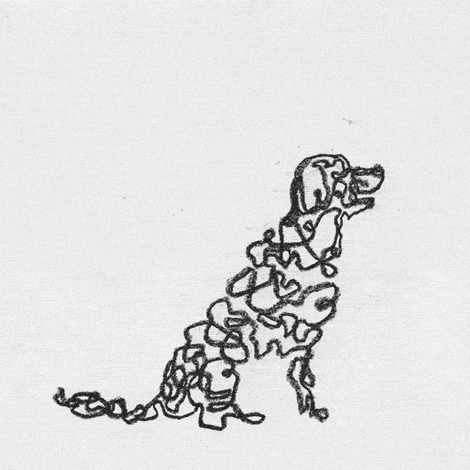

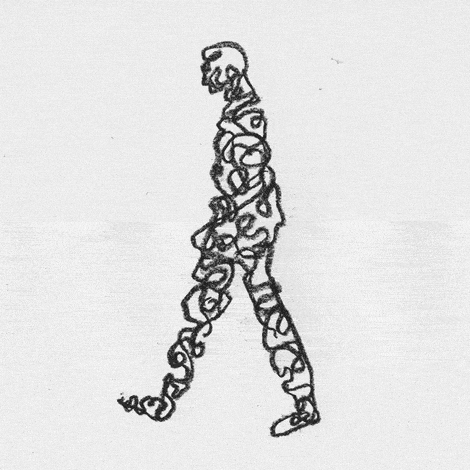
Holly tells us that whether it’s self-directed projects or client work, animation has ‘’changed the course of my illustration practice. I’m not sure what I would be doing now if it weren’t for dipping my toes into the method back in 2021. I’ve just fallen in love with it as a method of storytelling, allowing me to combine audio and visual to set the tone for a piece of work.’’ And of course, her animation skills led to her winning the WIA 2023 New Talent Animation award.
Anna tells us that being able to animate has ‘’definitely brought in more work for me as being able to do both the illustration and animation is often appealing to clients. I also get asked to do the storyboards or the illustrations for animation projects, so even if I’m not doing the animation itself, having the knowledge helps to improve my work in that area’’
There can be a learning curve when it comes to working commercially with animation. Holly points out that as well as the technical skills, there’s a lot to learn about ‘’the industry, software, terminology, managing workflow and other methods of production.” Sidsel notes that there are differences in the workflow and industry practices – ‘’animation projects tend to be longer and have bigger scopes, which creates nice variation from shorter, editorial illustration projects. Animation can be very time consuming, making it doubly important to have good communication with clients, to make sure everything is definitely signed off at each stage before progressing.’’
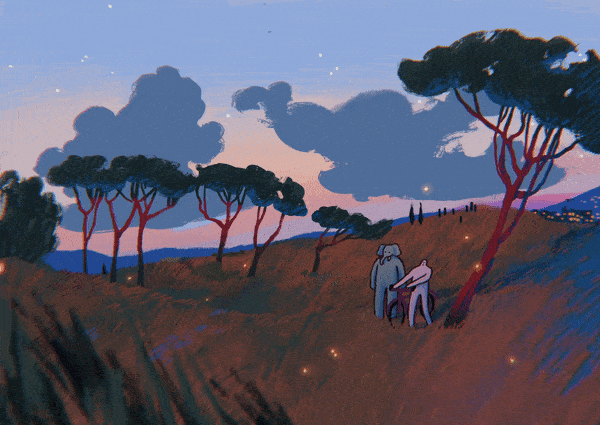
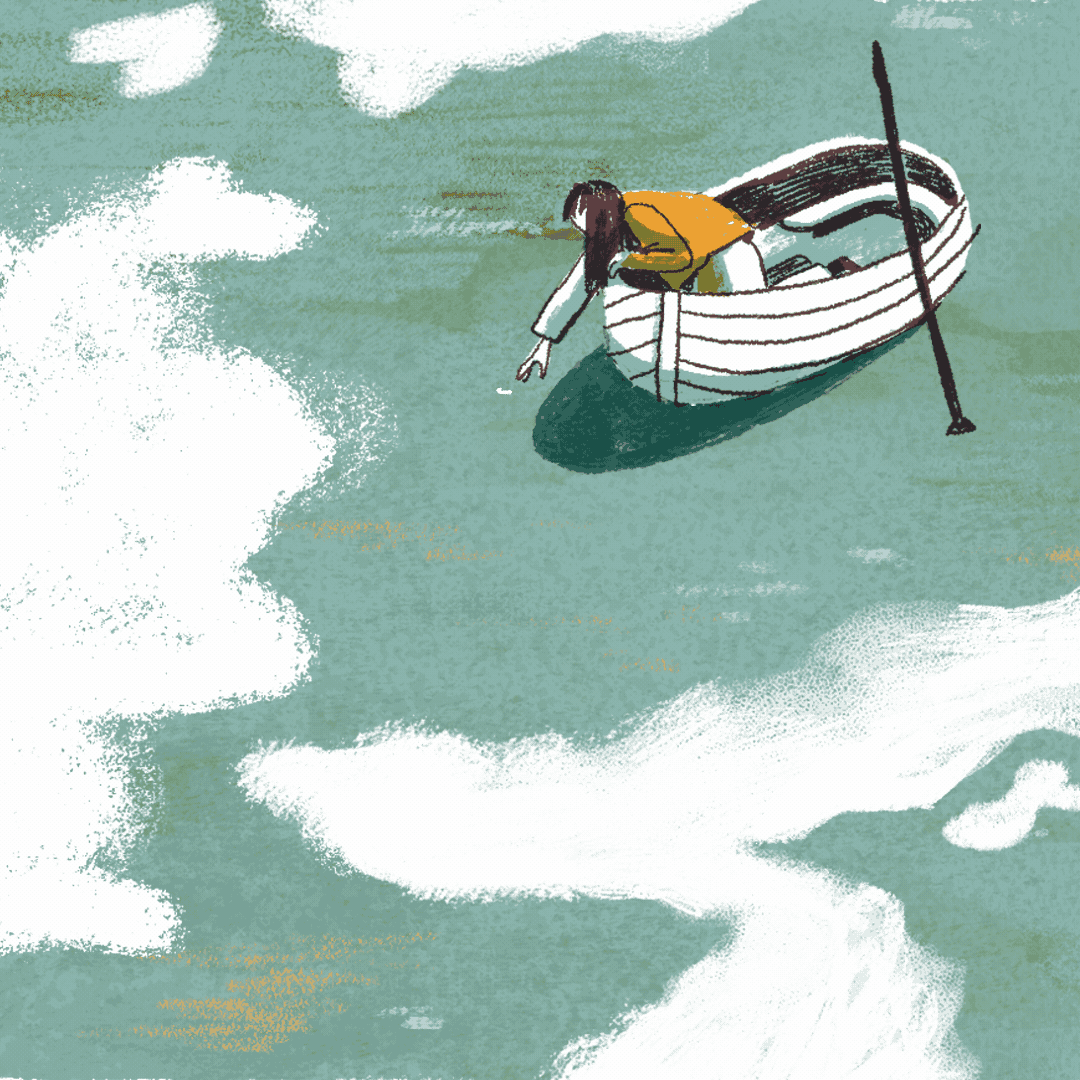
It’s simply fun to watch (your own) drawing moving
Yuriko Ogawa
All the illustrators, animators, and interdisciplinarians we spoke to agreed – if animation is something that interests you, it’s worth picking up the lightbox. It’s not just about attracting clients – no matter what kind of illustrator you are, ‘’It’s simply fun to watch (your own) drawing moving, first of all’’, Yuriko says. And Holly thinks the benefits aren’t just about motion, ‘’it helps you develop your understanding of form, light, colour and composition’’ Anna advocates for the place of still illustration too though – “it does depend on your illustration style as not all styles lend themselves to animation. I’d recommend just giving it a go and see if you like it, it does require a certain amount of patience so it’s not for everyone.”
Animator Raj offers some encouraging words for those illustrators who have the time and patience set aside to learn some animation skills ‘’There isn’t much to learn other than a few basic principles, like timing, anticipation, secondary action, squash and stretch (if you’re into that sort of cartoony stuff), etc. Then you just start doing it.’’
it just feels really magical, still, to make my artwork move
Sidel Sorensen
Taking a course, even a short introductory one, can be a great way of starting to learn animation. This is how Leena got started, as she tells us ‘’I took an introductory animation course just out of curiosity some years ago and learnt to use Adobe Animate. The course gave me just enough very basic skills so that I could start adding animation to my own illustrations.’’
But if you fancy a more DIY approach, you can follow in Sidsel’s footsteps – ‘’I haven’t had any training; I’ve picked it all up from colleagues, books and youtube, so it’s definitely possible, although it feels daunting at first. It’s really just another tool to explore and be creative with. And it just feels really magical, still, to make my artwork move.’’
With thanks to our illustrators, animators and those who find themselves located somewhere-inbetween. For more on Illustration and animation, do take a look at our AOI animation Resources including Animation and GIFS and Animation Contracts – The Basics
Raj Jeshang
AOI Folio | Website
Holly Overs
AOI Folio | Website
Yuriko Ogawa
AOI Folio | Website
Sidsel Sørenson
AOI Folio | Website
Anna Broadhurst
AOI Folio | Website
Leena Kisonen
AOI Folio | Website
Back to News Page
